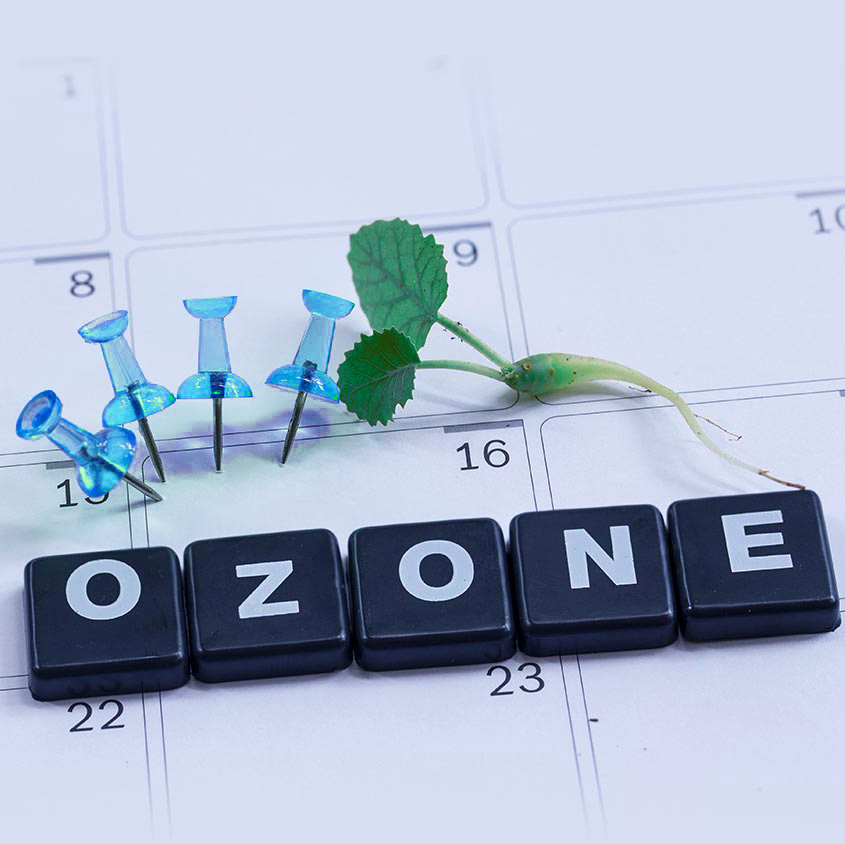Oxygen-ozone therapy is a treatment that uses the beneficial effects of ozone for therapeutic purposes; the objective of the treatment is to increase the available amount of oxygen or its radicals, through the introduction of ozone into the body.
Administration takes place by different methods and with varying levels of concentration of ozone in oxygen(μg/ml).
Oxygen-ozone normalises the levels of prostaglandin E2, has anti-inflammatory, analgesic, nutritive, muscle-relaxing and neo-angiogenic effects.
Oxygen-ozone therapy can be used in many pathologies because different delivery systems (local and general) and different concentrations of oxygen in ozone provide different therapeutic effects.
Fields of application range from various medical specialties, such as orthopaedics, sport medicine, rheumatology, neurology, to dermatology and many more.

Ozone treatments are carried out in the immediate area of the inflamed tendon using subcutaneous injections. Very thin needles are used, and the treatment is practically painless. A high percentage of patients respond very well, due to the anti-inflammatory and muscle-relaxing effects of the oxygen-ozone mixture.
Injection therapy begins in painful areas after carefully identifying the location. Very thin needles are used. The first benefits of treatment can be noticed after two weeks. A high percentage of patients respond very well to treatment due to the anti-inflammatory and muscle-relaxing effects of the oxygen-ozone mixture.
Appropriate imaging exams are necessary after an initial X-ray of the shoulder joint, in order to evaluate signs of acromion-clavicular joint arthrosis and secondary signs of significant lesions of the rotator cuff. Further examinations may follow, such as, magnetic resonance imaging (MRI), arthrography, CT scan, and ultrasound.
Patients who present these pathologies always experience pain and functional deficits.
Oxygen-ozone treatment is highly recommended in these cases, due to its anti-inflammatory action and to the increase in local oxygen levels. The anti-inflammatory effects of oxygen-ozone therapy are used for:
1)Activating catabolic histaminic enzymes
2)Inhibiting prostaglandin synthesis
3)Inhibiting of the release of bradykinin
The increase in circulation and resulting oxygenation improves the functionality and recovery of muscle fibres and tendinous tissue by the reactivation of a venous microcirculation mechanism, with the consequential reduction of swelling and draining of inflammatory substances; this permits the release of arterial capillaries, allowing new oxygenated blood to flow to muscles and tendons, but most of all, to nerve endings, which react to a lack of oxygen by producing pain as a symptom.
The local increase in oxygenation aids in the recovery of functionality and improves the anatomical-functional structure of both muscle fibres and their associated tendons.
Oxygen-ozone normalises the levels of prostaglandin E2, has anti-inflammatory, analgesic, nutritive, muscle-relaxing and neo-angiogenic effects.
According to recent theories, this is due to a twofold mechanism:
Ozone is also used successfully in dental extractions, periodontics, surgery, apical reactions, bone implants and in oral hygiene.